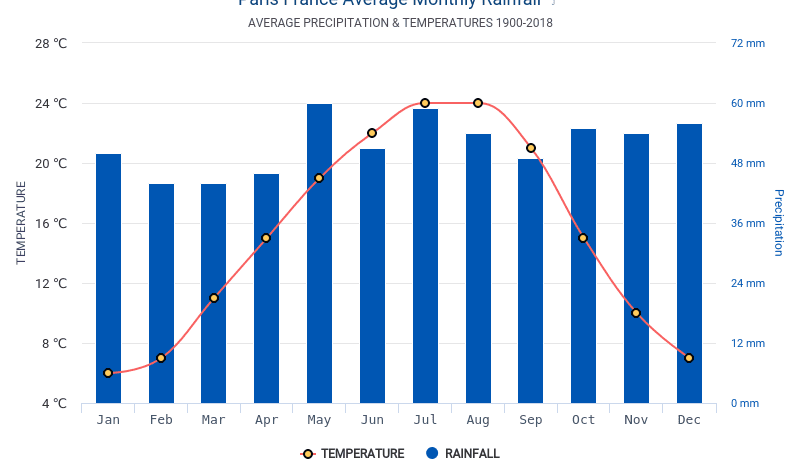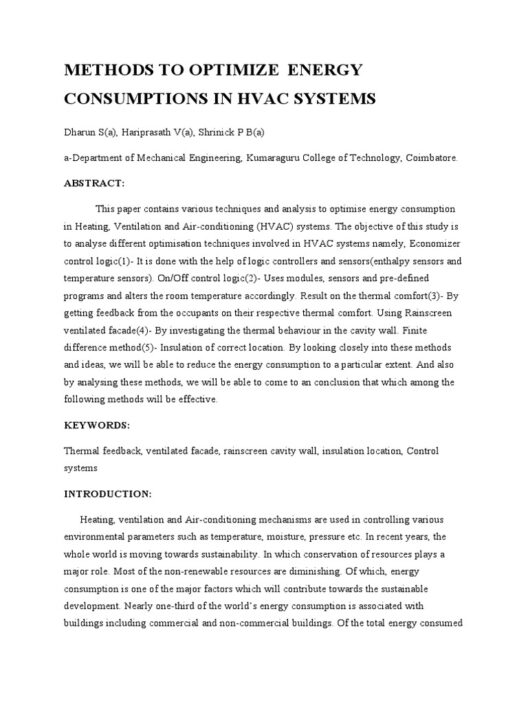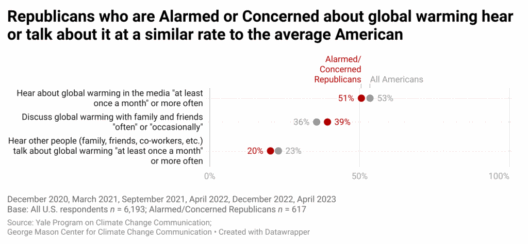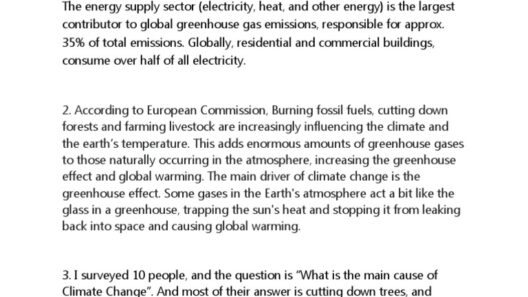Paris, often referred to as the City of Light, is not only renowned for its rich cultural heritage and iconic landmarks but also for its distinctive weather patterns that define its climate. Situated in the north-central part of France, Paris has a temperate oceanic climate characterized by mild summers, cool winters, and moderate precipitation throughout the year. Understanding the average climate in this vibrant city can enhance one’s appreciation of its unique ambiance and can assist both residents and visitors in preparing for seasonal variations.
The climate in Paris is primarily influenced by its geographical location and its proximity to the Atlantic Ocean. This maritime influence ensures that temperatures remain relatively moderate, devoid of the extremes often experienced in continental climates. Temperature variation is a quintessential characteristic that defines the essence of Parisian weather.
During the spring months, from March to May, Paris experiences a gradual warming trend. As winter relinquishes its hold, average temperatures range from 10°C to 18°C (50°F to 64°F). Spring is characterized by blooming flowers in the famous gardens, such as Jardin des Tuileries, and a resurgence of outdoor activities that celebrate the vibrant atmosphere. Rainfall during these months, while present, tends to be moderate, allowing for sunny days conducive to strolls along the Seine.
Summer in Paris, spanning from June to August, is marked by warmth, with temperatures often reaching as high as 25°C to 30°C (77°F to 86°F). Many visitors flock to the city during this time, drawn by the allure of long daylight hours and an eclectic array of outdoor events. However, occasional heatwaves can push temperatures above 35°C (95°F), resulting in a sultry atmosphere, particularly in July. Rain showers can arrive unexpectedly, yet they offer a refreshing respite from the heat and usually dissipate quickly, enabling residents and tourists alike to continue enjoying their pursuits.
As autumn sets in, from September to November, Paris experiences a dramatic transformation. Temperatures cool to a range of 10°C to 20°C (50°F to 68°F), accompanied by vivid foliage that adorns the city’s parks and streets. Rainfall starts to increase during these months, often creating a picturesque ambiance as the rain nourishes the vibrant fall colors. One can witness the enchanting sight of the Eiffel Tower framed against golden-hued leaves, creating a nostalgic feel that captivates the hearts of many.
Winter in Paris, which lasts from December through February, brings a different kind of charm to the city. Average temperatures hover around 3°C to 7°C (37°F to 45°F), and while snowfall is infrequent, it is not uncommon. The city becomes a picturesque winter wonderland carpeted in a light dusting of snow. The holiday season transforms Paris into a magical realm as festive lights adorn the streets. Rainfall persists but is typically interspersed with clear, cold days that are perfect for exploring indoor attractions such as the Louvre or the Musée d’Orsay.
Precipitation is distributed relatively evenly throughout the year, with an average of 640 millimeters (25 inches) annually. This consistent rain helps maintain the lush greenery that Paris is famous for. Interestingly, the city does not experience extreme weather phenomena like cyclones or hurricanes, making it a relatively stable environment amidst global climate fluctuations.
Understanding the average climate in Paris isn’t just about knowing when to pack an umbrella or sunscreen; it is essential for grasping the nuances of daily life and outdoor experiences within this bustling metropolis. The seasonal fluctuations offer unique opportunities to engage with the city in various capacities, from seasonal festivals to culinary experiences that highlight local produce during particular times of the year.
Moreover, it is important to note that the city’s climate has been evolving due to climate change. Studies indicate that Paris is experiencing a gradual increase in average temperatures, along with alterations in rainfall patterns. This shift can lead to hotter summers and potentially more severe weather events. As a result, residents and local authorities are increasingly focusing on sustainable practices and urban greenery to mitigate the impacts of climate change.
In conclusion, the average climate in Paris is a dynamic tapestry woven from the threads of seasonal variability. Each season unveils the city’s diverse palette, inviting exploration and appreciation from every angle. Whether basking in the warmth of a summer day or savoring the brisk air of winter, Paris offers a unique experience year-round. To truly understand and appreciate the City of Light, one must embrace its climatic rhythms, ensuring that each visit is both enjoyable and enlightening. The climate of Paris is not merely a backdrop; it is an integral part of the city’s identity, shaping the lives of its inhabitants and the experiences of its visitors.








